Monitor Power Consumption using LoRaWAN® and the SITBox Beta

Initial Situation and Problem Definition
Due to the rapid increase in the number of electronic cars on our roads and the associated increased demand for electricity, it makes sense for example for energy suppliers to monitor the amount of electricity “taken” from the individual transformer stations.
At the beginning of this use case, the transformer stations of the energy supplier were inspected once a year. During such an Inspection, the so-called drag pointer value was read. The drag pointer shows the maximum of electricity that was reached on the outer conductor L2 since the last inspection. So the shown value is from sometime, not specified when or how often. L1 and L3 are not recorded. The task was to make this drag pointer value visible on a platform at shorter intervals. We tackled this task together with colleagues and an external programmer.
The transmission should be realized with the then completely new technology “LoRaWAN”. The search for a reliable provider followed. The data of our nodes had to be sent and stored somewhere.
We chose Zenner IoT in Hamburg as our partner for hosting the data. Although there are definitely a lot of providers by now, we are still with the guys from Hamburg and I have to say that we have never regretted it, on the contrary, I have never experienced such good service as here. Because we couldn’t find any components, we tried to develop something ourselves.
The Solution: SITBox Beta/Alpha for current Measurement via Radio/LoRaWAN
The first prototype was created within 4 weeks. This test device was able to transmit the value of L2 from the transformer station every 15 minutes. At the same time there was a connection for short-circuit monitoring and a connection for ground-fault monitoring. I think that alone was a quantum leap. The development went on. Already half a year later we had developed a second circuit board and expanded the software. With the new board we were able to monitor L1, L2 and L3. But not just one value per 15 minutes. Our circuit board was able to monitor 2 x L1, 2 x L2 and 2 x L3, i.e. two outlets. The measurement did not just take place once, from this version current measurements take place continuously. After 15 minutes the minimum current flowed, the maximum current flowed and the calculated average value are now transmitted.
The “original circuit board”.
It has been running since January 2018 and still delivers reliable values.
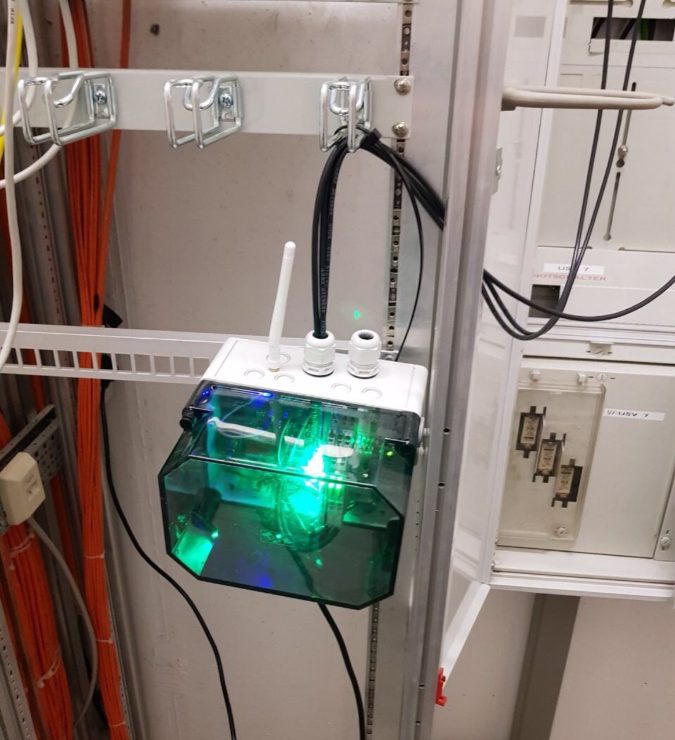
The picture shows the first box, which, as you can see, was not hung up so professionally on a cable duct in a 19-inch rack. The antenna (white to the left of the cable entry) was mounted on the top of the housing.
The three black cables, also on the top of the case, go directly to the clamshell converters mounted on L1, L2 and L3. The power supply (230V) was attached to the underside.
At that time we used a fairly large housing, since it is a prototype and we didn’t know exactly what else we had to change or install. Two RGB LEDs were also planned. One LED should show the device status and the second should show the LoRa status. Here we had waived the LED for the device status. Green for the LoRa status means “everything OK”. An external antenna would not have been necessary, because the Zenner company’s outdoor gateway is only approx. 2m away from this sensor.
A City wakes up – the Data visualized.
The picture shows the course of current in a transformer station over several days. It can be clearly seen that the current increases in the morning and decreases again in the evening.

The hardware and software have long since been revised. The company SIT-GmbH in Oberursel is currently selling this module in the SITBox Beta version. No, it’s not a beta version, it’s just the further development of the alpha version. There will also be a redesigned case coming soon. And of course the box carries the CE certification.
The SITbox Beta
Unfortunately, the current housing was not available when the blog post was created.
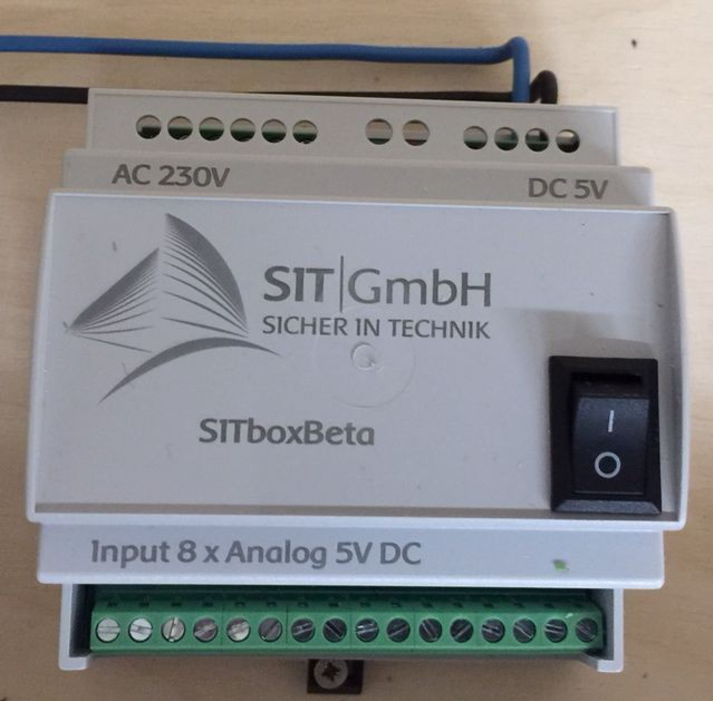
SIT-GmbH is your partner for technical building equipment. In addition to the headquarters in Oberursel, there are already departments in Baden-Baden and Leipzig.
Just have a look at the homepage under the following link: https://sicherintechnik.de/.
If you have any questions, just write me 😉
Recommend0 recommendationsPublished in Sensors, Use Cases

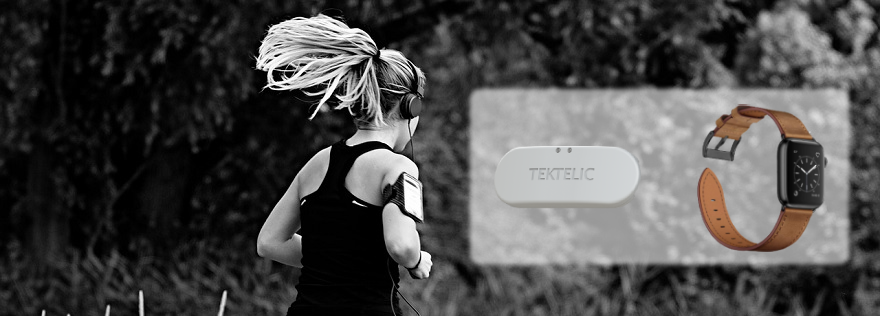
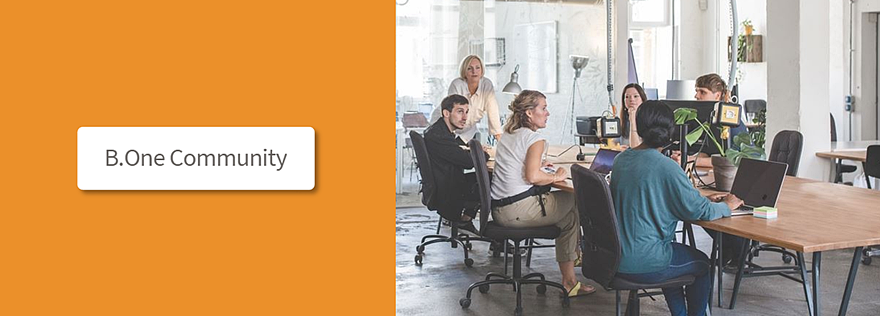
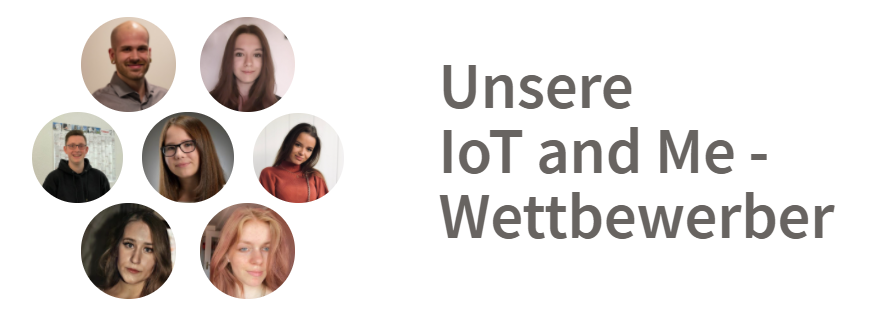

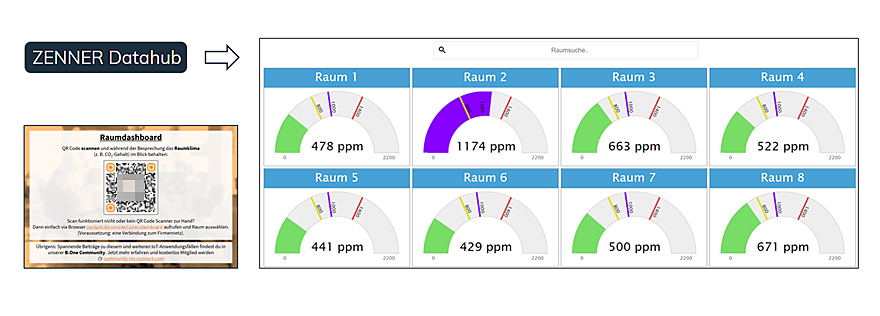

Responses